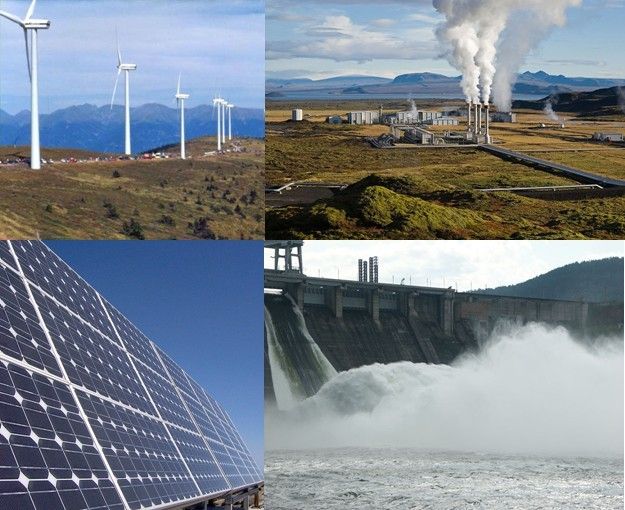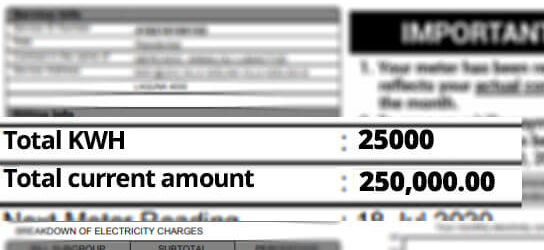In terms of addressing global warming and increasing damage to the environment, Renewable Energy is always at the forefront. In Southeast Asia, member countries have in recent years made significant strides in harnessing the power of renewable energy sources such as hydro, geothermal, wind, solar, and biomass. In this article, we are going to highlight the impact of renewable energy on the Southeast Asian economy.
Overview of Renewable Energy in Southeast Asia
 Source: IEA Southeast Asia Energy Outlook 2022
Source: IEA Southeast Asia Energy Outlook 2022
Renewable energy is an important aspect of the energy mix in Southeast Asia. According to the International Energy Agency report on Southeast Asia Energy Outlook (2022) Although fossil fuel still comprise a significant share of the energy mix, Energy coming from renewables have more than doubled between 2000 and 2020. Solar PV and wind have increased rapidly in recent years, but modern bioenergy, geothermal energy and hydropower still comprise more than 98% of total modern renewable energy in Southeast Asia. Most Geothermal Energy comes from Indonesia and the Philippines while Cambodia, Lao PDR and Myanmar have continued to develop domestic resources of hydropower, taking advantage of their hilly terrains and high precipitation.
Economic Benefits of Renewable Energy in Southeast Asia
The use of renewable energy sources has had a positive impact on the Southeast Asian economy. The growth of the renewable energy sector has also contributed to economic growth, as the region becomes less dependent on imported fossil fuels. Energy security has also been improved as the region’s energy mix becomes more diversified.
According to Deloitte (Asia Pacific’s turning point), if the Southeast Asian region starts addressing the climate crisis today, it can ensure an average of 3.5% GDP growth per year to 2070. The economic benefits of renewable energy and climate action will be approximately USD 12.5 trillion by 2070.
Similarly, decisive and timely climate action could deliver USD 47 trillion to Asia-Pacific economies by 2070.
The Potential for Renewable Energy to Create Job Opportunities
With the increasing demand in Renewables, and the recent calls to faster transition, Renewable energy projects have been on a fast pace and have created job opportunities in the construction, operation, and maintenance of renewable energy facilities.
In terms of Job Creation, in the Asia Pacific, the majority of the 2 million solar manufacturing jobs globally are in China. The country already accounts for approximately 70% of the global solar PV component manufacturing capacity. Southeast Asia holds a 10% share. (see Deloitte, Asia Pacific’s turning point report)
As per Ernst and Young, after analyzing up to 800 renewable energy projects across Indonesia, Japan, Malaysia, the Philippines, South Korea, Taiwan, Thailand and Vietnam, they have found that if all projects will be realized, it will create up to 870,000 jobs in the region. (see EY, How COVID-19 can be the impetus for growth in renewable energy)
The Potential for Renewable Energy to Attract Investment
The potential for renewable energy to attract investment and create job opportunities in Southeast Asia is huge. Renewable energy projects provide a stable and long-term source of energy, making them an attractive investment opportunity. The growth of the renewable energy sector has created job opportunities in the construction, operation, and maintenance of renewable energy facilities. As the demand for renewable energy continues to grow, so will the investment and job opportunities in this sector.
In a study commissioned by the European Climate Foundation, Identified a pipeline of over 800 shovel-ready projects across the eight Asian markets with an aggregate investment value in excess of US$316b across renewable energy, energy efficiency, electric vehicles, and transmission and distribution sectors. (see EY: Green recovery opportunities in Southeast Asia, Japan, South Korea and Taiwan )
In terms of investment size, Japan and South Korea still leads as the investment for offshore wind projects are considerably higher when
compared to other renewable energy sub sectors. Philippines and Vietnam lead in terms of the number of projects in the pipeline. In general, solar energy dominates the pipeline in Southeast Asia.
The Role of Government in Promoting Renewable Energy
The government plays a critical role in promoting the use of renewable energy sources. From providing financial incentives to investors for renewable energy projects, to supporting the development of renewable energy technologies, through research and development programs. In the Philippines, the government has implemented several policies to promote the use of renewable energy in the country. In 2017, the Department of Energy launched the Renewable Energy Market Roadmap, which outlines the government’s plans to increase the use of renewable energy in the country. The government has also offered incentives such as feed-in tariffs and tax exemptions to encourage private companies to invest in renewable energy. These initiatives have been successful in increasing the use of renewable energy in the Philippines.
Challenges and Barriers to Renewable Energy Development
The development of renewable energy in Southeast Asia is not without challenges and barriers. One of the main challenges is the limited access to financing for renewable energy projects. This is due to a lack of investment in the renewable energy sector, as well as the high cost of renewable energy technologies. Another challenge is the limited transmission and distribution infrastructure, which makes it difficult to transport renewable energy to the grid.
In conclusion, the impact of renewable energy on the Southeast Asian economy has been significant in recent years. The economic benefits of renewable energy are undeniable, as it contributes to economic growth, job creation, and energy security. The potential for renewable energy to attract investment and create job opportunities in Southeast Asia is huge, and it is important that the government continues to support the development of this sector. The challenges and barriers to the development of renewable energy can be overcome with the right policies and investment. The future of renewable energy in Southeast Asia is bright, and the region has a tremendous opportunity to play a significant role in addressing global warming and environmental degradation.







